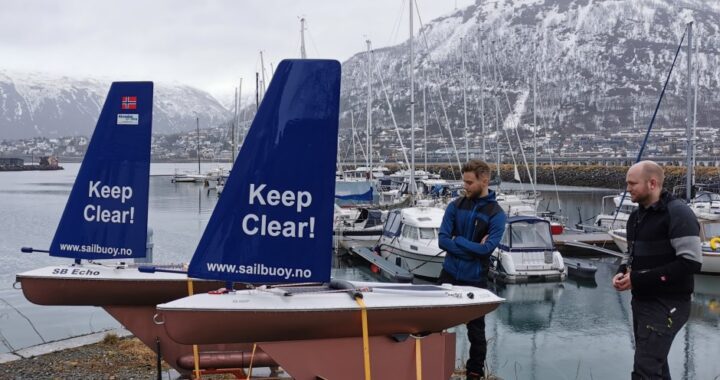Low-Cost Upper-Layer Ocean Current Measurements
August 16, 2022
administrator
Ocean-based industries are in demand of current measurements
Upper-ocean current measurements are time consuming and expensive and the coverage of in situ measurements is sparse. Numerical models and remote sensing observations are dependent on verification with in-situ data. Ocean-based industries as well as research institutes are interested in well-modelled upper-layer ocean currents, as currents affect offshore infrastructure, shipping, oil spills, and the capability of modelling the trajectory of missing persons or boats at sea. In coastal areas, the knowledge of currents is increasingly important when considering beach erosion, transport of suspended matter like aquaculture waste or plastics, forces acting on marine structures, and navigational safety. Since models do require in situ data for improvement and verification, our ongoing research, is aimed at reducing costs and resources used for current measurements. This work will provide available, robust, and accurate data which is in high demand.
Cost effective and environmentally friendly research vehicles
Small unmanned autonomous vehicles have started complementing or even replacing traditional ocean observations as they require less power, ship time, and crew and provide an environmentally friendly and efficient alternative to the traditional methods. For that reason, the board of the project “Glider Phase I” owned by Akvaplan-niva (2017-2020) and the Research Council of Norway have financed Aanderaa Data Instruments AS and its partners, Offshore Sensing, the Norwegian Meteorological Institute and Akvaplan-niva to fabricate a Sailbuoy rigged with an Aanderaa ADCP (acoustic Doppler current profiler) and to test, optimize and validate the approach. The results of the technology development and validation can be found in a scientific paper published in the Sensors journal open source: https://www.mdpi.com/1424-8220/22/15/5553.
Related Posts
YOUR GATEWAY TO THE NORWEGIAN EXPORT MARKET
Search Norway’s largest database of exporters:
• 35 business sectors
• 2000 product groups
• 8000 products & services
• Companies, trademarks, products or services

